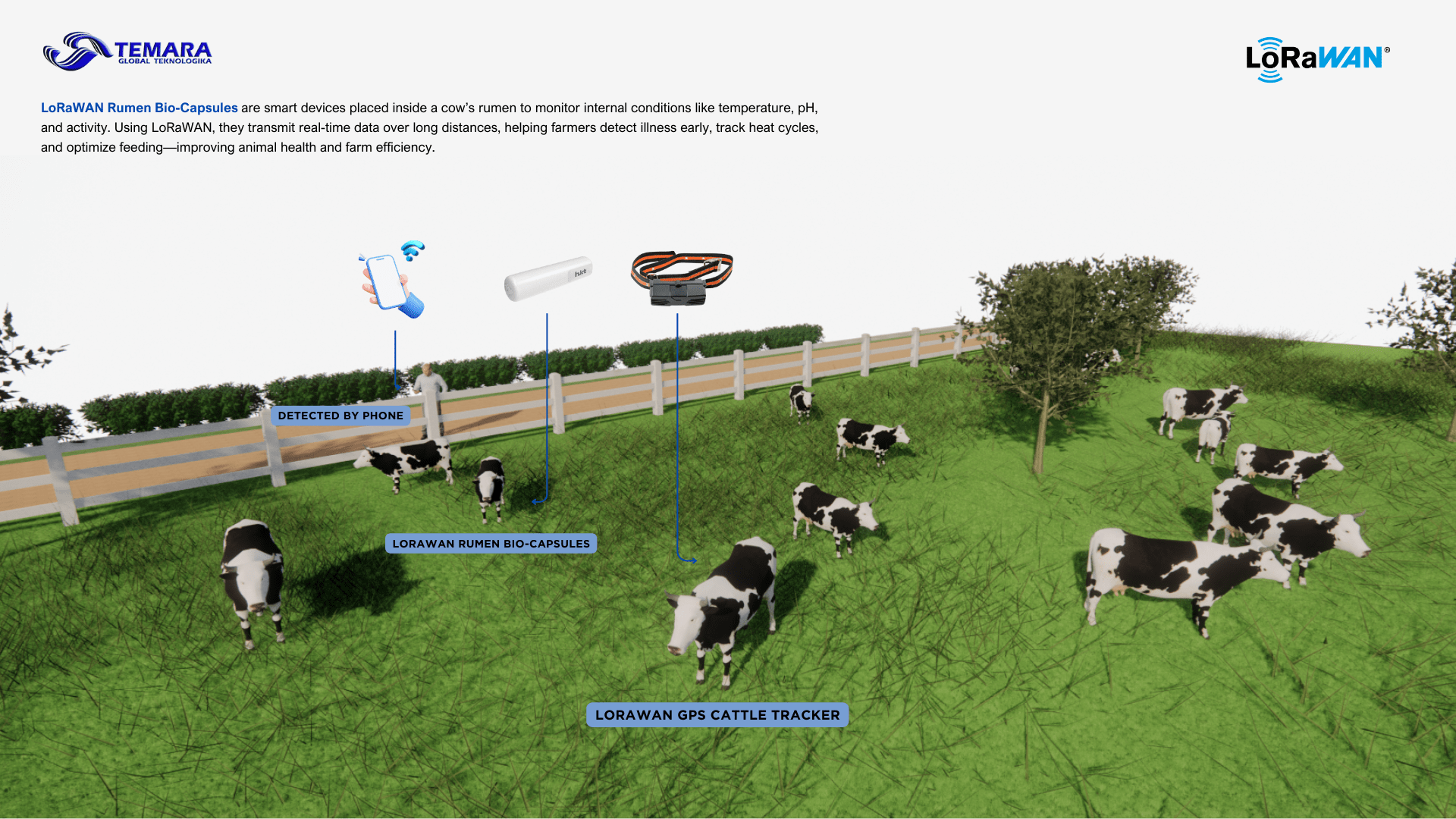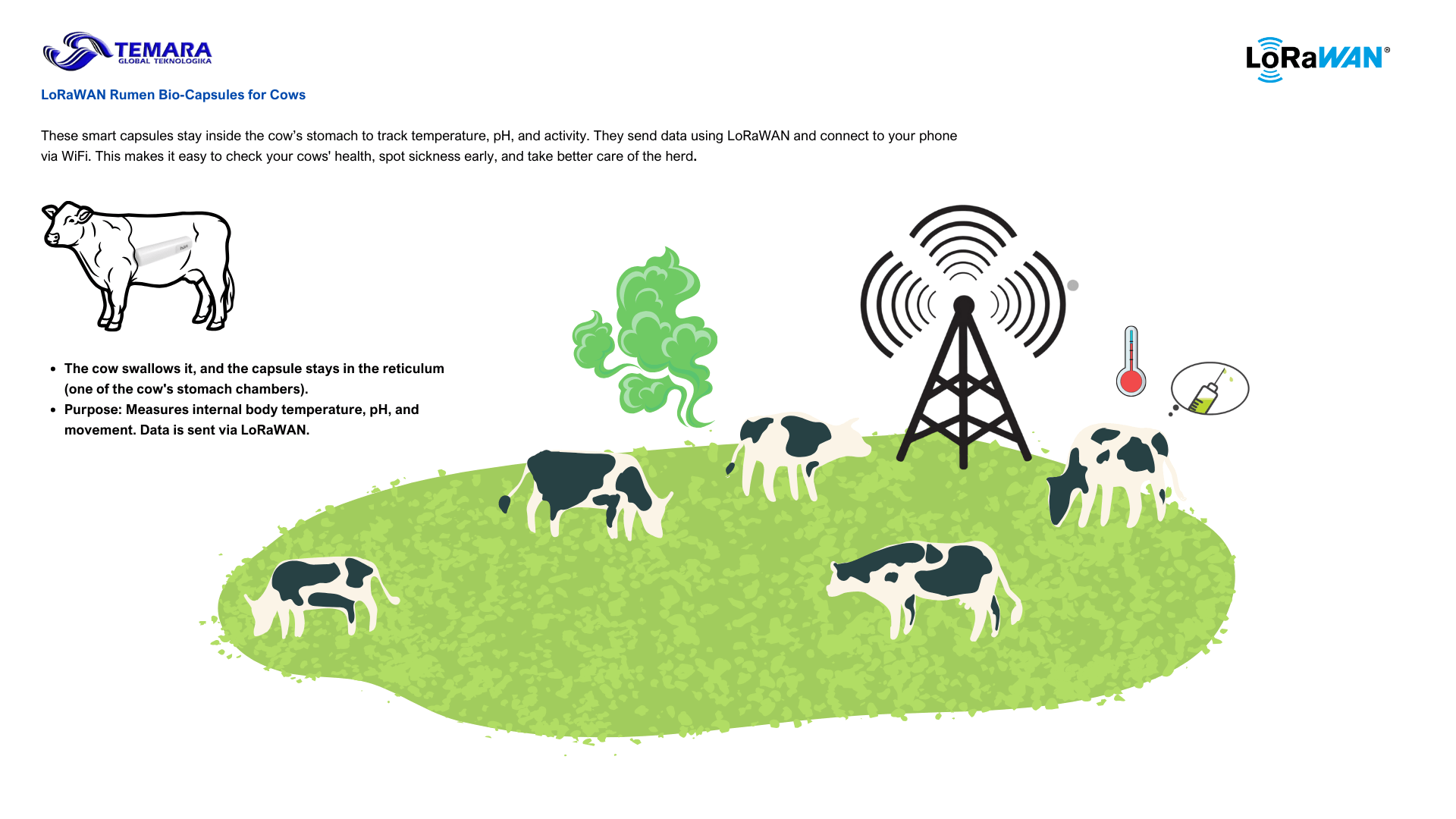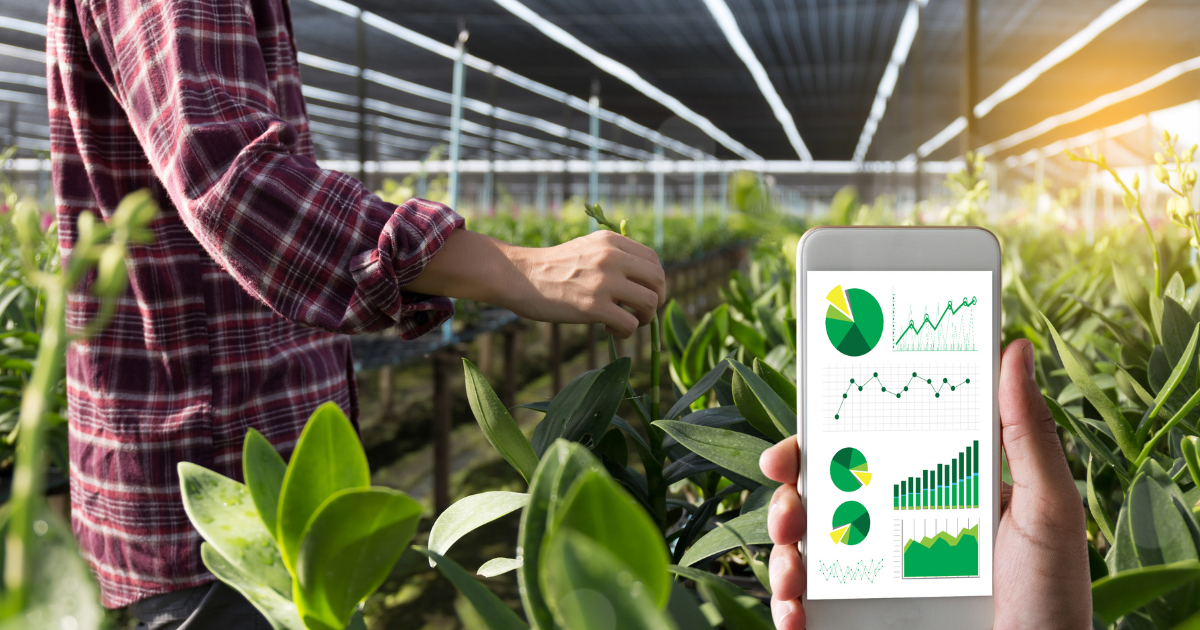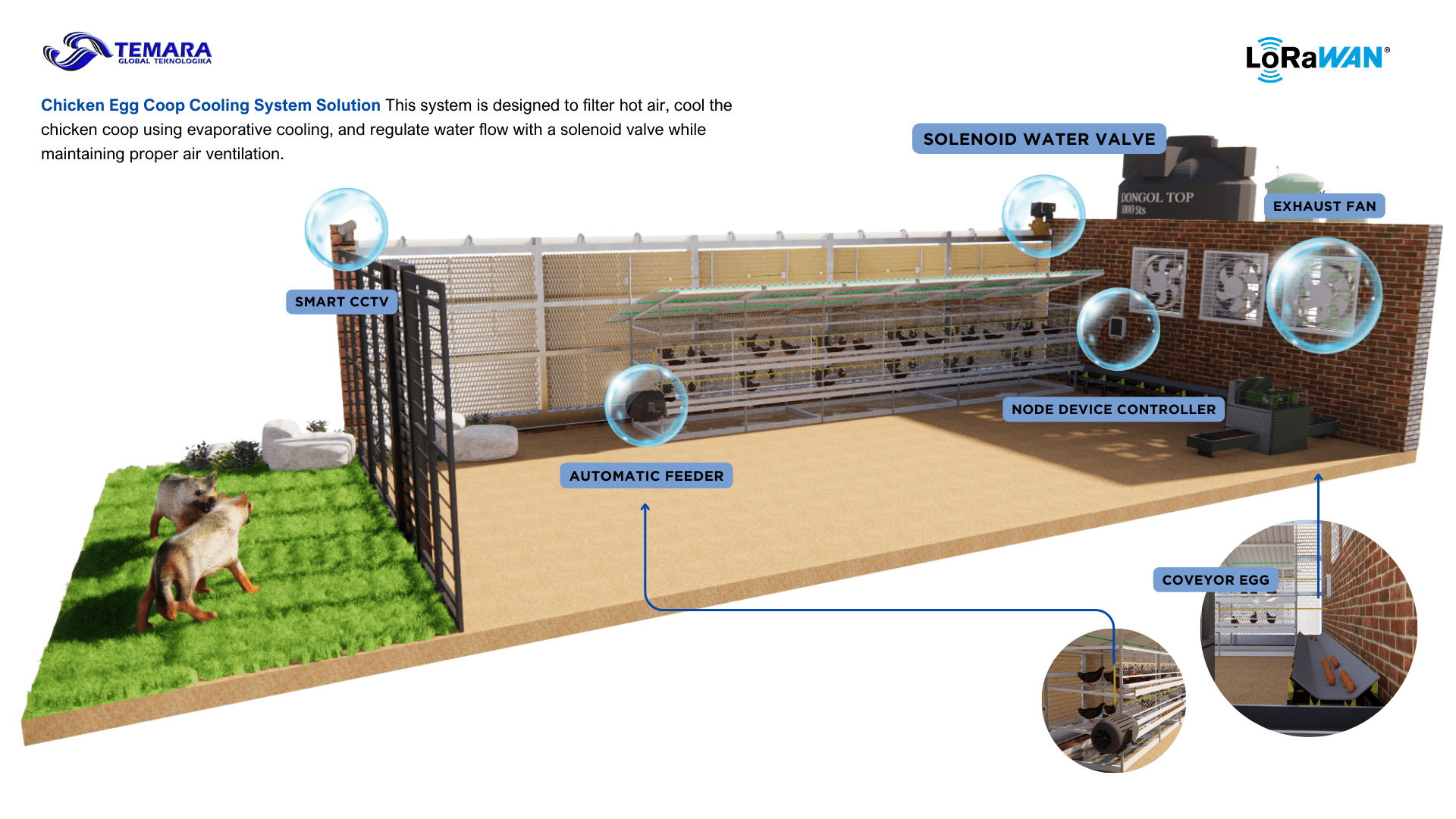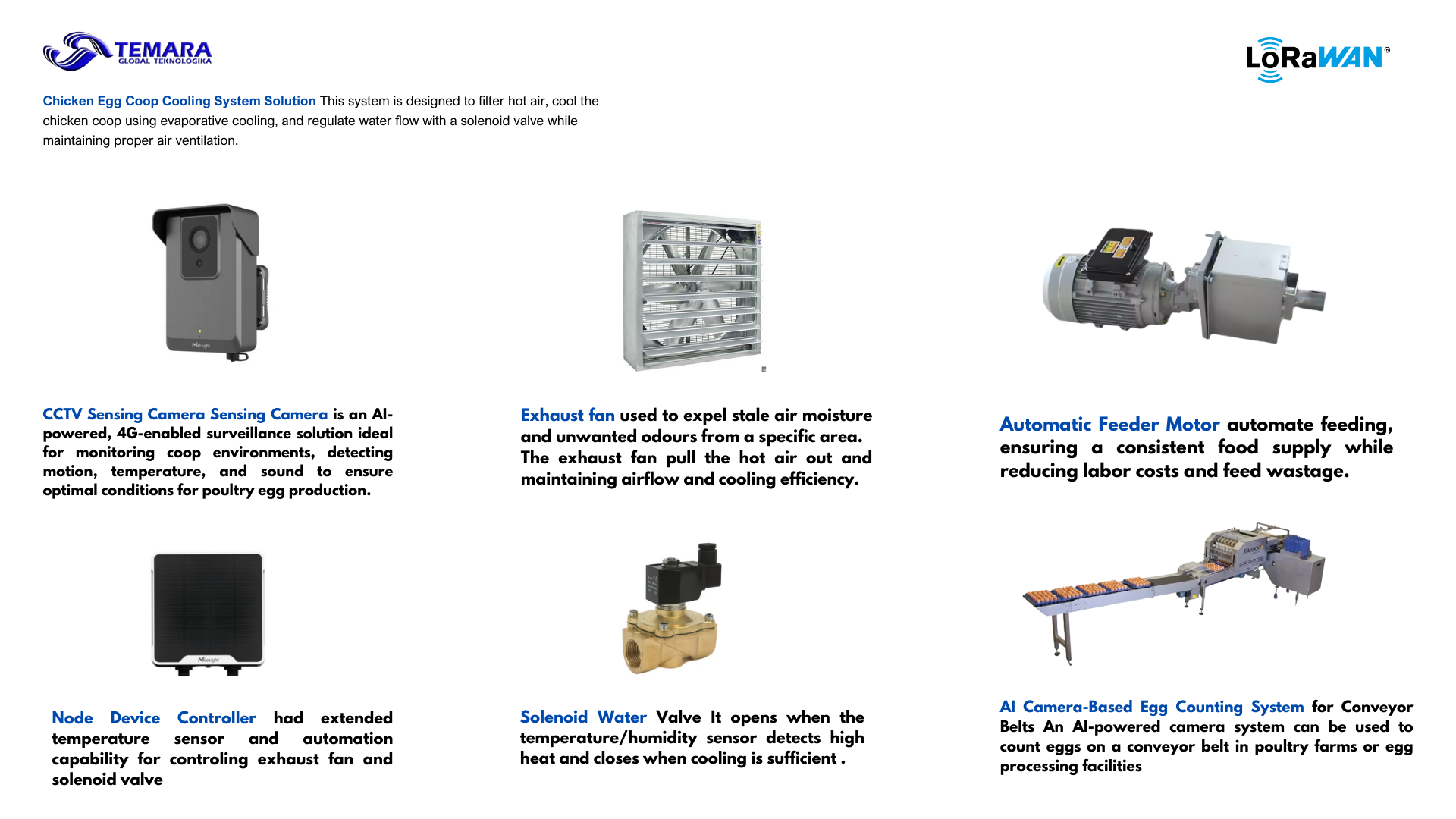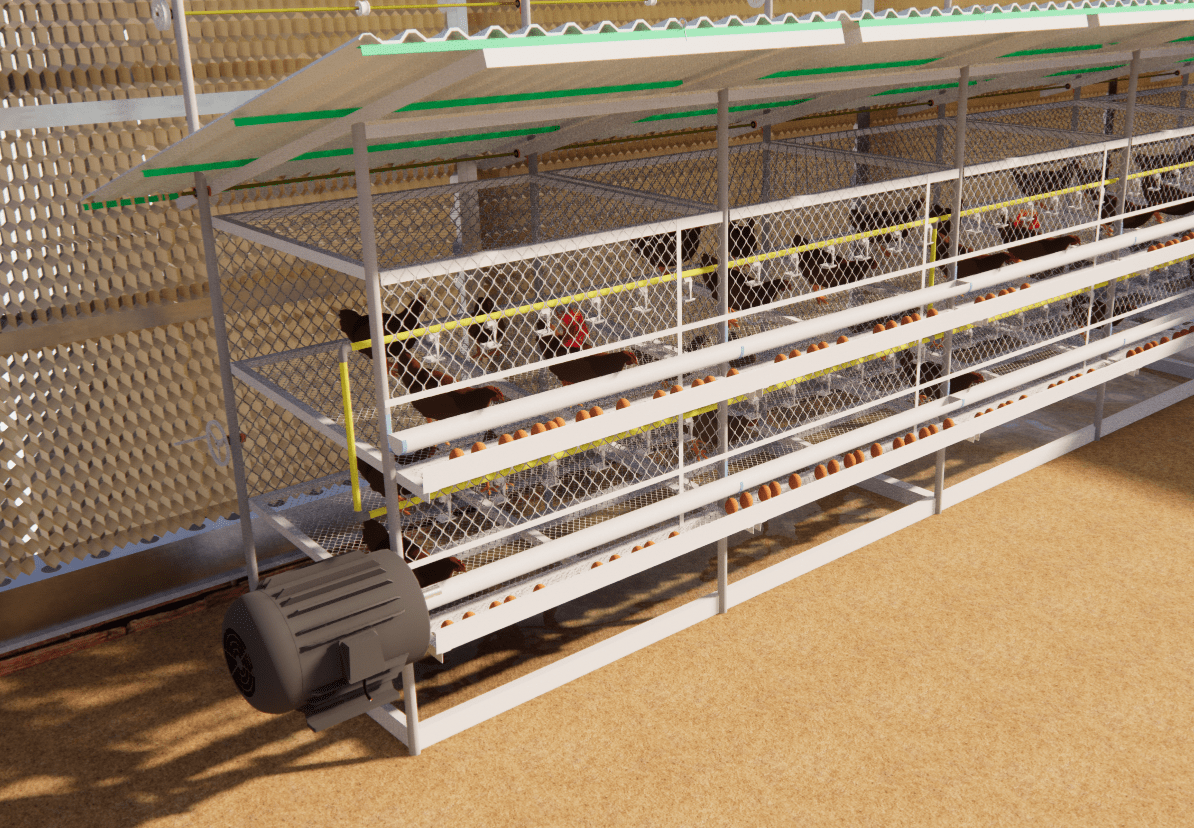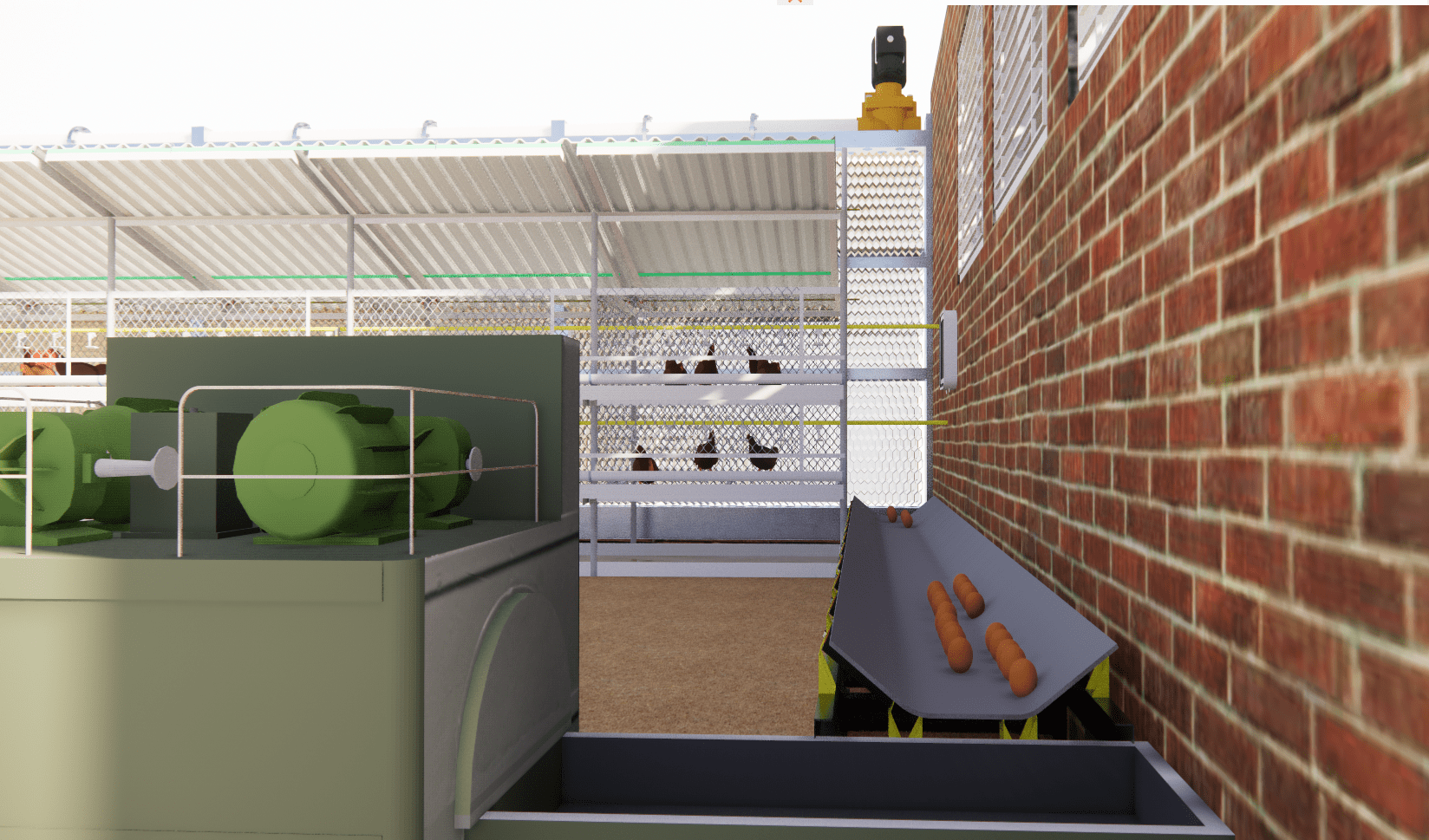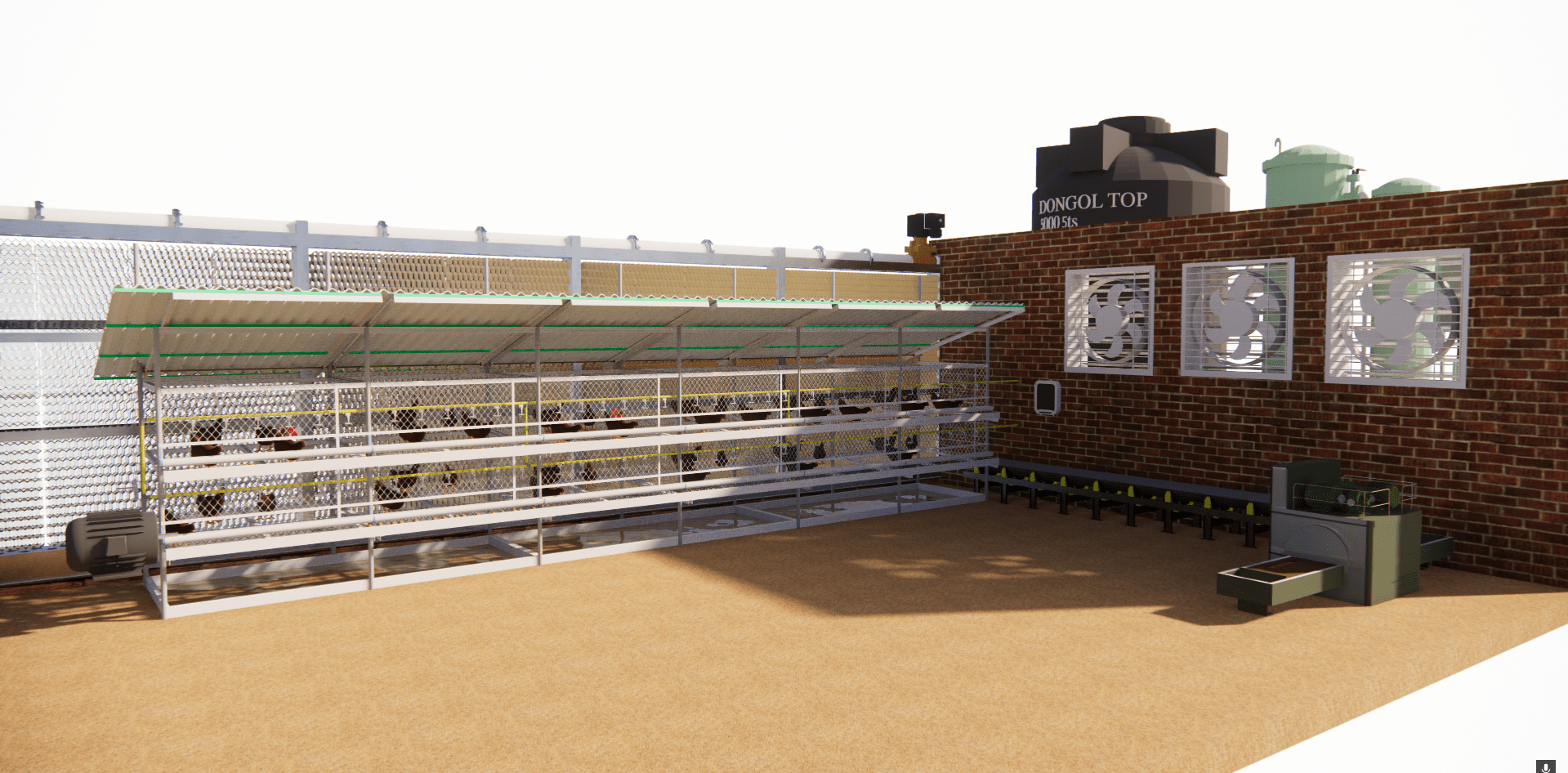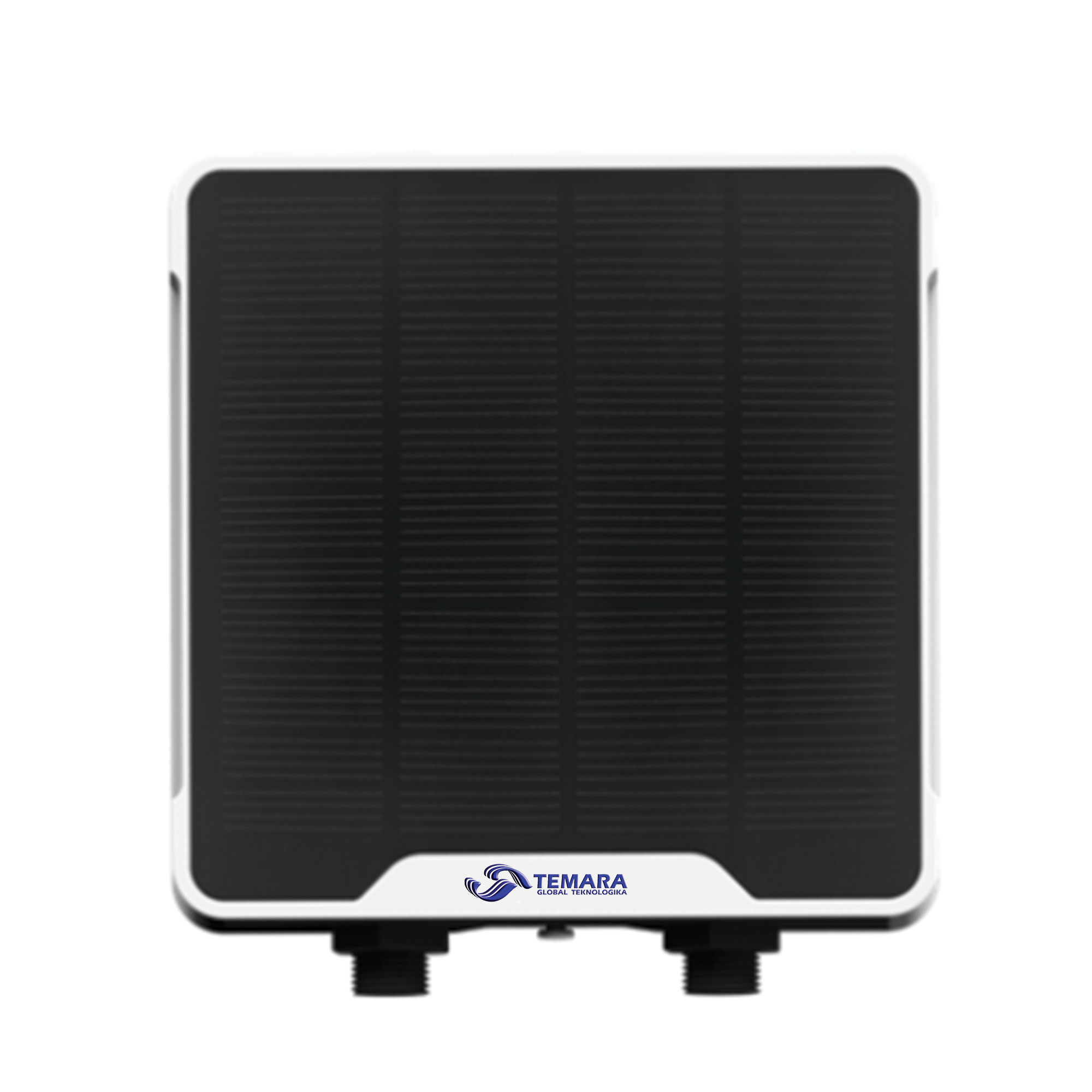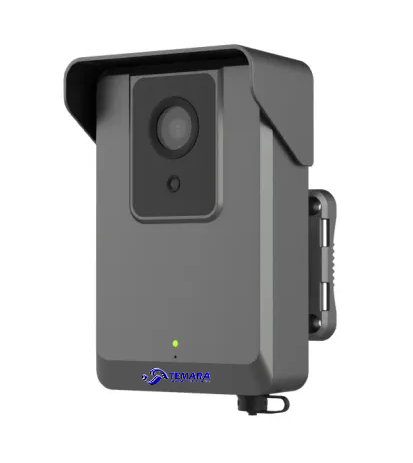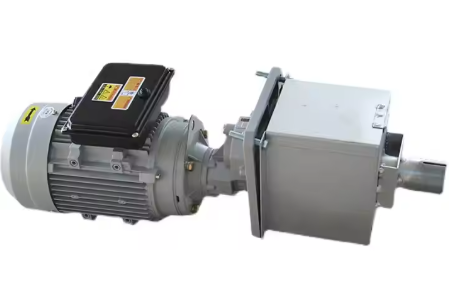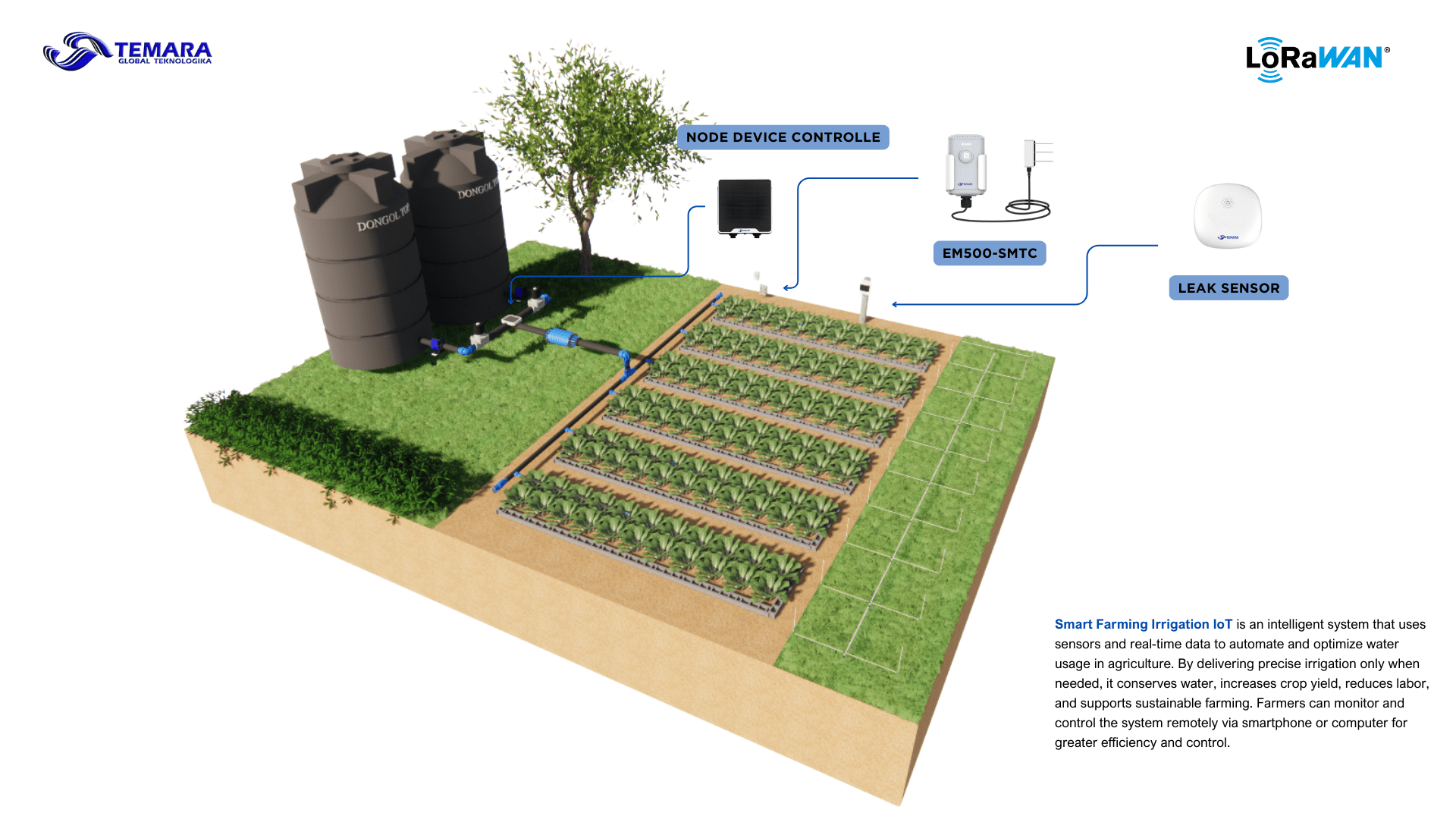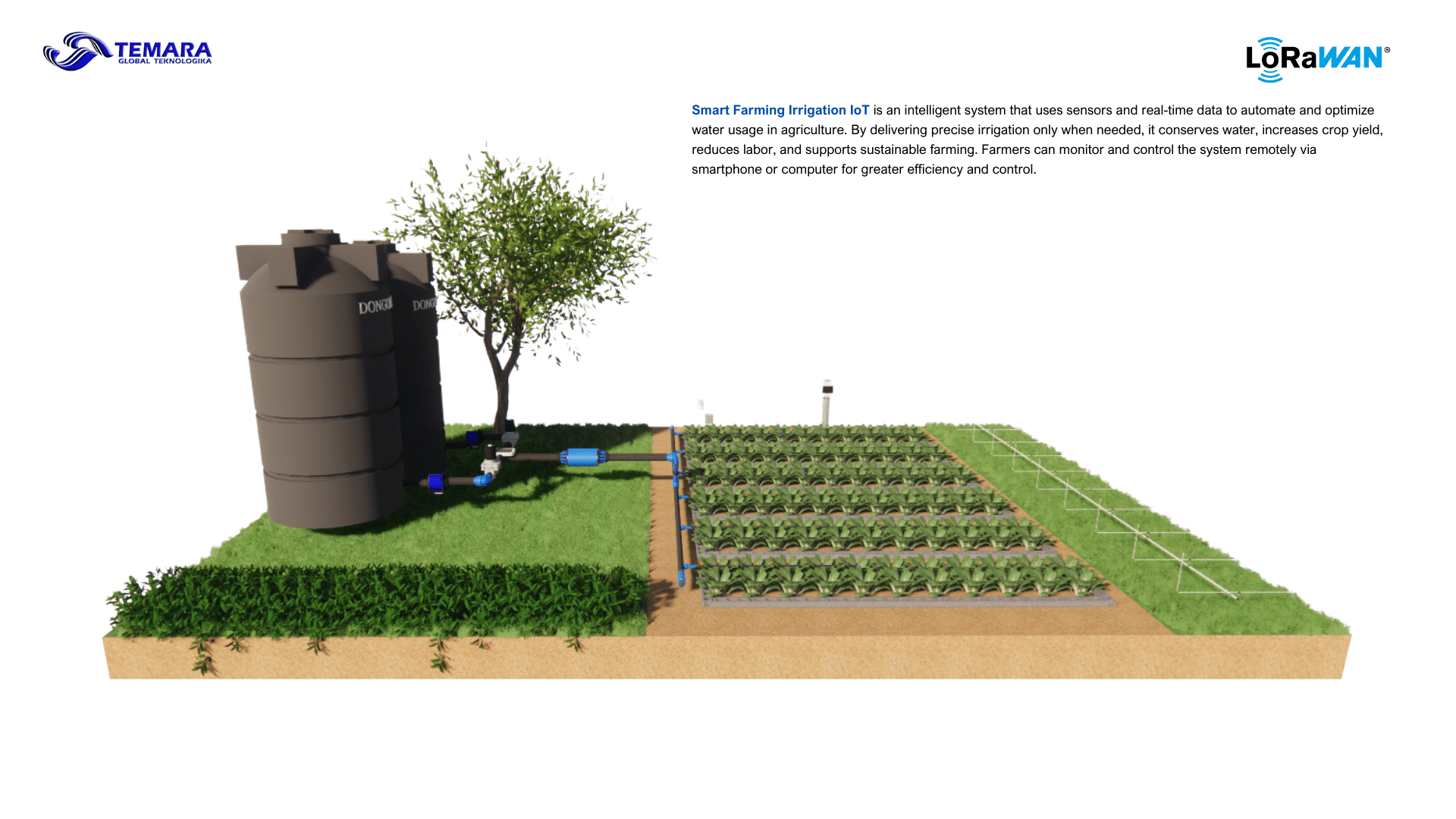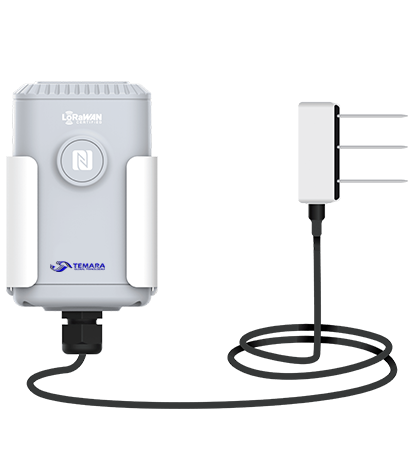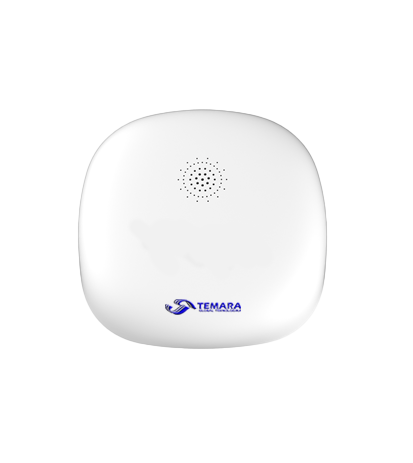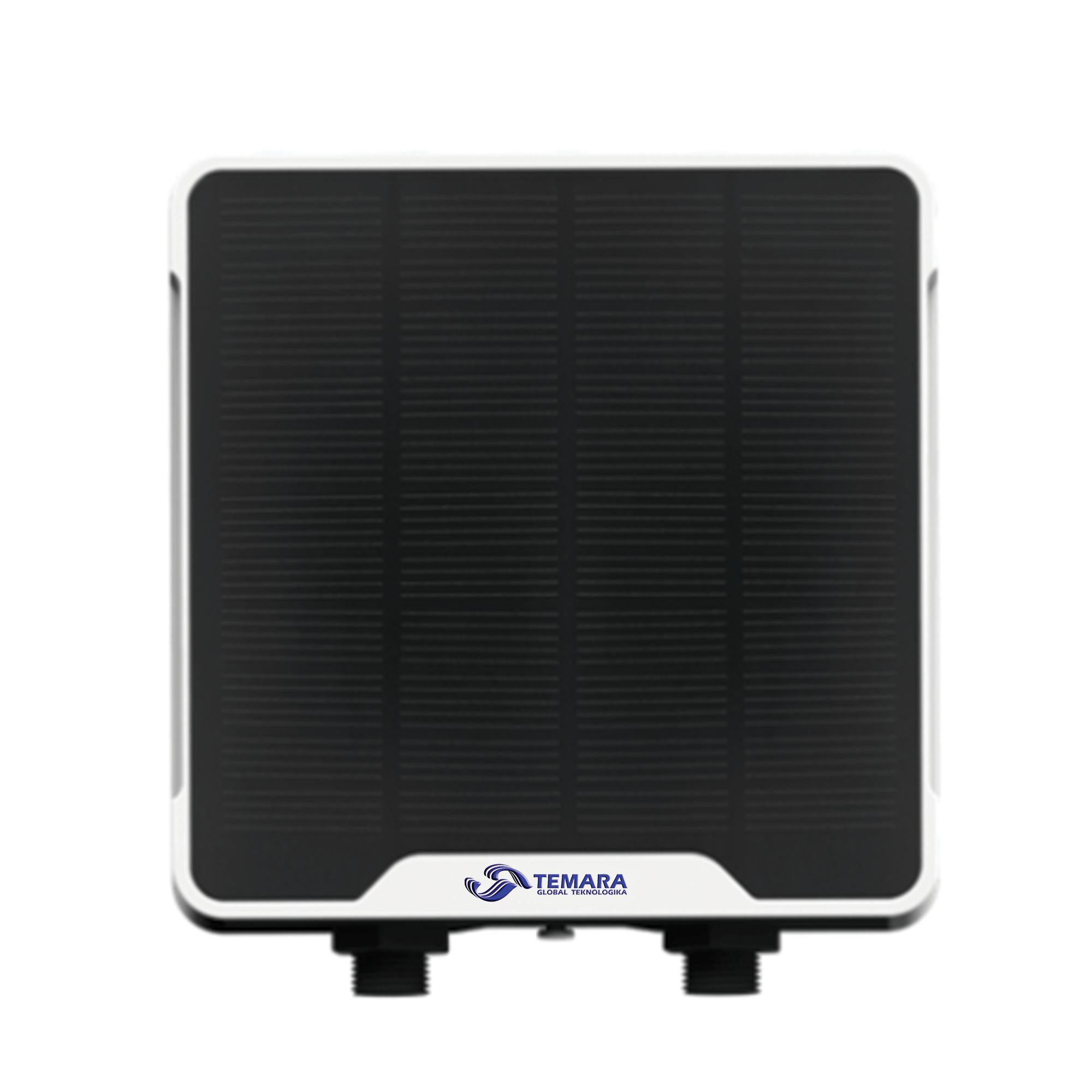Cow Cattle Tracking
Cow Cattle Tracking refers to the use of modern technology to monitor and manage individual cattle within a herd. This system typically involves attaching GPS trackers, RFID ear tags, or smart collars to each animal. These devices collect real-time data such as location, movement patterns, feeding behavior, and even vital health signs. The data is then transmitted to a central platform where farmers or ranchers can access and analyze it through a smartphone or computer.
Key Benefits of Cow Cattle Tracking
-
Real-Time Location Monitoring
Helps locate missing or stray cattle quickly, reducing losses and saving time on manual herding. -
Health Monitoring
Early detection of illnesses through abnormal movement or behavior patterns, allowing for timely treatment and better herd health. -
Improved Breeding Management
Monitors reproductive cycles and behaviors, helping to optimize breeding schedules and increase calving success rates. -
Grazing Optimization
Tracks grazing patterns to better manage pasture usage and prevent overgrazing. -
Enhanced Security
Reduces the risk of cattle theft with location tracking and geofencing alerts. -
Labor Efficiency
Minimizes the need for physical inspections, reducing labor costs and effort while increasing accuracy in monitoring. -
Data-Driven Decisions
Provides actionable insights for better planning in feeding, health care, and overall herd management. -
Sustainability
Promotes responsible resource usage and reduces environmental impact by optimizing cattle movement and feeding.
This tracking system enables efficient and intelligent livestock management, whether on a small farm or a large-scale operation. It ensures that each cow is accounted for and managed according to its needs, reducing risks and boosting productivity.
Cow Cattle Tracking
Cow Cattle Tracking refers to the use of modern technology to monitor and manage individual cattle within a herd. This system typically involves attaching GPS trackers, RFID ear tags, or smart collars to each animal. These devices collect real-time data such as location, movement patterns, feeding behavior, and even vital health signs. The data is then transmitted to a central platform where farmers or ranchers can access and analyze it through a smartphone or computer.
Key Benefits of Cow Cattle Tracking
-
Real-Time Location Monitoring
Helps locate missing or stray cattle quickly, reducing losses and saving time on manual herding. -
Health Monitoring
Early detection of illnesses through abnormal movement or behavior patterns, allowing for timely treatment and better herd health. -
Improved Breeding Management
Monitors reproductive cycles and behaviors, helping to optimize breeding schedules and increase calving success rates. -
Grazing Optimization
Tracks grazing patterns to better manage pasture usage and prevent overgrazing. -
Enhanced Security
Reduces the risk of cattle theft with location tracking and geofencing alerts. -
Labor Efficiency
Minimizes the need for physical inspections, reducing labor costs and effort while increasing accuracy in monitoring. -
Data-Driven Decisions
Provides actionable insights for better planning in feeding, health care, and overall herd management. -
Sustainability
Promotes responsible resource usage and reduces environmental impact by optimizing cattle movement and feeding.
This tracking system enables efficient and intelligent livestock management, whether on a small farm or a large-scale operation. It ensures that each cow is accounted for and managed according to its needs, reducing risks and boosting productivity.
BENEFITS
Overview:
IoT technology enables real-time monitoring and automation of greenhouse conditions to ensure an optimal environment for plant growth. By integrating sensors with cloud-based analytics and mobile applications, farmers can remotely control temperature, humidity, lighting, and ventilation.
How It Works?
Data Collection
Sensors measure key environmental factors such as temperature, humidity, light intensity, and CO₂ levels.
Soil moisture sensors detect water levels in the growing medium.
Data Processing & Automation
The collected data is sent to a cloud platform for analysis.
If conditions deviate from the optimal range, the system either sends alerts or triggers automated actions.
Examples of automation:
Turning on fans or opening vents when temperatures rise too high.
Activating the irrigation system when soil moisture drops.
Adjusting artificial lighting when natural sunlight is insufficient.
Remote Monitoring & Control
Real-time access via a mobile app or web-based dashboard.
Instant alerts if environmental changes pose risks to plant health.
Key Benefits of Smart Greenhouse Monitoring
✅ Increased Crop Yield & Quality
Plants grow in ideal conditions, leading to higher production and better quality harvests.
✅ Efficient Resource Management
Reduces water, energy, and fertilizer waste by automating only when necessary.
✅ Prevention of Environmental Damage
Predicts and prevents conditions that could harm crops, such as overwatering, drought, or extreme temperatures.
✅ Flexible & Real-Time Monitoring
Farmers can oversee greenhouse conditions anytime and anywhere via smartphone or computer.
Use Cases
🔹 Hydroponic Greenhouses – Control temperature and humidity for optimal vegetable growth (e.g., lettuce, tomatoes).
🔹 Flower Cultivation – Maintain precise lighting and ventilation for high-quality blooms.
🔹 Large-Scale Farming – Manage multiple greenhouses with a single integrated system.
Overview:
IoT technology enables real-time monitoring and automation of greenhouse conditions to ensure an optimal environment for plant growth. By integrating sensors with cloud-based analytics and mobile applications, farmers can remotely control temperature, humidity, lighting, and ventilation.
How It Works?
Data Collection
Sensors measure key environmental factors such as temperature, humidity, light intensity, and CO₂ levels.
Soil moisture sensors detect water levels in the growing medium.
Data Processing & Automation
The collected data is sent to a cloud platform for analysis.
If conditions deviate from the optimal range, the system either sends alerts or triggers automated actions.
Examples of automation:
Turning on fans or opening vents when temperatures rise too high.
Activating the irrigation system when soil moisture drops.
Adjusting artificial lighting when natural sunlight is insufficient.
Remote Monitoring & Control
Real-time access via a mobile app or web-based dashboard.
Instant alerts if environmental changes pose risks to plant health.
Key Benefits of Smart Greenhouse Monitoring
✅ Increased Crop Yield & Quality
Plants grow in ideal conditions, leading to higher production and better quality harvests.
✅ Efficient Resource Management
Reduces water, energy, and fertilizer waste by automating only when necessary.
✅ Prevention of Environmental Damage
Predicts and prevents conditions that could harm crops, such as overwatering, drought, or extreme temperatures.
✅ Flexible & Real-Time Monitoring
Farmers can oversee greenhouse conditions anytime and anywhere via smartphone or computer.
Use Cases
🔹 Hydroponic Greenhouses – Control temperature and humidity for optimal vegetable growth (e.g., lettuce, tomatoes).
🔹 Flower Cultivation – Maintain precise lighting and ventilation for high-quality blooms.
🔹 Large-Scale Farming – Manage multiple greenhouses with a single integrated system.
BENEFITS
Smart Poultry Egg Farming System
A smart poultry egg farming system leverages IoT and AI for automation and efficiency.
AI-powered egg counting system for conveyor belts.Automatic feeders ensuring consistent nutrition.
4G-enabled CCTV cameras for motion, temperature, and sound monitoring.
Climate control system with evaporative cooling and solenoid-controlled water flow.
Exhaust fans for maintaining optimal air quality.
UC 501X controller automating temperature-based adjustments.
LoRaWAN network enabling seamless device communication.
This integrated system enhances productivity, reduces labor costs, and ensures optimal poultry conditions for efficient egg production.
Smart Poultry Egg Farming System
A smart poultry egg farming system leverages IoT and AI for automation and efficiency.
AI-powered egg counting system for conveyor belts.Automatic feeders ensuring consistent nutrition.
4G-enabled CCTV cameras for motion, temperature, and sound monitoring.
Climate control system with evaporative cooling and solenoid-controlled water flow.
Exhaust fans for maintaining optimal air quality.
UC 501X controller automating temperature-based adjustments.
LoRaWAN network enabling seamless device communication.
This integrated system enhances productivity, reduces labor costs, and ensures optimal poultry conditions for efficient egg production.
BENEFITS
Smart Farming Irrigation IoT System
The Smart Farming Irrigation IoT System is an advanced agricultural solution that leverages Internet of Things (IoT) technology to revolutionize traditional irrigation methods. By integrating a network of soil moisture sensors, temperature and humidity sensors, water flow meters, and weather forecast data, the system provides real-time monitoring and automated control of irrigation processes.
Using smart algorithms, the system determines the optimal time and amount of water needed for each specific crop, based on real-time environmental conditions. Farmers can access data and manage irrigation remotely via a mobile app or web platform, ensuring precision agriculture at their fingertips.
Key Benefits:
-
Water Efficiency: Reduces water usage by up to 50% by irrigating only when and where it’s needed.
-
Higher Crop Yield: Promotes healthier plant growth through consistent and accurate watering.
-
Labor Reduction: Minimizes the need for manual irrigation checks and adjustments.
-
Cost Savings: Lowers water and electricity bills by preventing over-irrigation and runoff.
-
Remote Monitoring & Control: Enables farmers to track and adjust irrigation anytime, anywhere.
-
Data-Driven Decisions: Provides insights through analytics and historical data to support better farming strategies.
-
Environmentally Friendly: Supports sustainable agriculture by conserving water and reducing resource waste.
This system is ideal for farms of all sizes looking to increase productivity, reduce operational costs, and adopt sustainable farming practices through smart technology.
Smart Farming Irrigation IoT System
The Smart Farming Irrigation IoT System is an advanced agricultural solution that leverages Internet of Things (IoT) technology to revolutionize traditional irrigation methods. By integrating a network of soil moisture sensors, temperature and humidity sensors, water flow meters, and weather forecast data, the system provides real-time monitoring and automated control of irrigation processes.
Using smart algorithms, the system determines the optimal time and amount of water needed for each specific crop, based on real-time environmental conditions. Farmers can access data and manage irrigation remotely via a mobile app or web platform, ensuring precision agriculture at their fingertips.
Key Benefits:
-
Water Efficiency: Reduces water usage by up to 50% by irrigating only when and where it’s needed.
-
Higher Crop Yield: Promotes healthier plant growth through consistent and accurate watering.
-
Labor Reduction: Minimizes the need for manual irrigation checks and adjustments.
-
Cost Savings: Lowers water and electricity bills by preventing over-irrigation and runoff.
-
Remote Monitoring & Control: Enables farmers to track and adjust irrigation anytime, anywhere.
-
Data-Driven Decisions: Provides insights through analytics and historical data to support better farming strategies.
-
Environmentally Friendly: Supports sustainable agriculture by conserving water and reducing resource waste.
This system is ideal for farms of all sizes looking to increase productivity, reduce operational costs, and adopt sustainable farming practices through smart technology.
